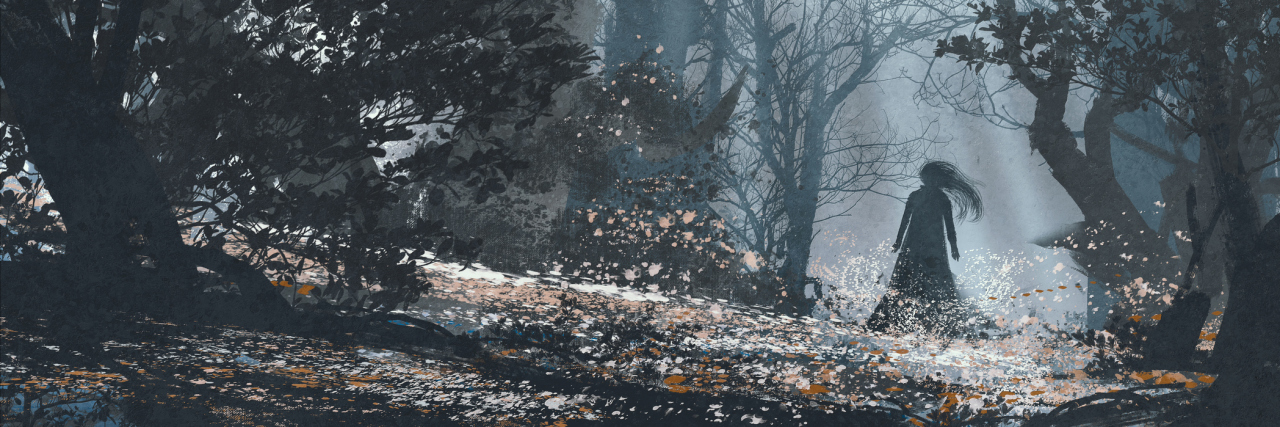I was relating to a friend about how I had been in a state of nihilism for four years. We both were of the opinion it was an existential crisis and, therefore, a spiritual issue. He suggested doing shadow work. I bought a book to assist me in this endeavor. Unfortunately, after the preparation exercises, the book stated a person must be mentally stable in order to embark upon shadow work without going insane.
A little dejected, but determined to lift myself up out of the pit of nihilism, I set about getting myself into the best environment with the best mental health team I could find to do the arduous work of processing childhood trauma, which my last good therapist said was the next step in my mental health recovery.
During the long struggle of finding a mental health practitioner who would take my insurance and work with my diagnosis, I began work on my own with psychologist Dr. Jordan B. Peterson’s Self-Authoring Suite. This program consists of three components: past-authoring, present-authoring and future-authoring.
With past-authoring, the exercise entails breaking down your life into seven epochs, writing down the six most outstanding experiences in each epoch, doing an analysis of each experience, and finally, doing a more in-depth analysis of the 10 most influential experiences out of all of the experiences originally written down.
Present-authoring requires making an honest assessment of your strengths and weaknesses, analyzing how these traits have impacted your life and evaluating how you can put them to use for the betterment of your life.
Future-authoring is an assignment where you decide what your piece of heaven here on Earth looks like and writing down the steps you will need to take to get there. At the same time, you must acknowledge what hell you will create for yourself if you change nothing and write down the steps you need to take to avoid going there.
After I finally got into the environment I needed to be in and assembled the best mental health team I could find, there was a short period of time during which I had to wait for my first appointment with the therapist responsible for individual therapy and for me to join the S.E.L.F. post-traumatic stress disorder (PTSD) support group. So, while I waited, I read the book, “Cleaning Up Your Mental Mess” by Dr. Caroline Leaf and began working with the supporting app called Neurocycle.
The Neurocycle program is a system to detoxify your thinking processes by using the science of neuroplasticity to reconceptualize the toxic thoughts born of trauma one by one over a 63-day period each. The first 21 days consist of exercises to break down harmful neural connections and build new, helpful ones to replace them. The next 43 days are all about reinforcing the new neural connections through habit to make these new brain structures sustainable.
All of these modalities — self-authoring, the Neurocycle program, individual therapy and the S.E.L.F. PTSD support group — are supporting each other with similar themes and exercises running through them. And, I woke up this morning with the realization the work I’ve been engaging in to process the childhood trauma is the shadow work I’ve been needing and wanting to do. The trauma, associated toxic thoughts and negative personality traits are the demons to face during shadow work. This proves to me mental health and spirituality are inseparably intertwined and dependent upon each other.
In conclusion, I believe the cure to nihilism is shadow work. The idea a person must be mentally stable to embark upon shadow work is incorrect. A person must be mentally strong. A person can be mentally strong while in the midst of instability — it’s called resourcefulness and resiliency. If you’ve got the strength to battle your demons, your shadow work beckons. It’s up to you to choose your sword and wield it.
Getty image by grandfailure

